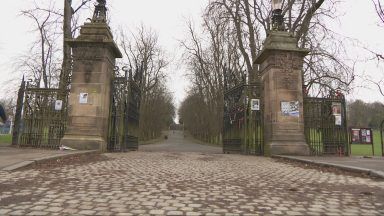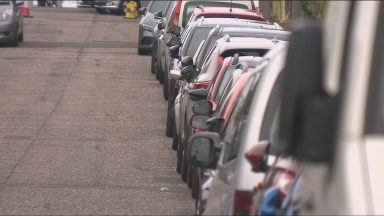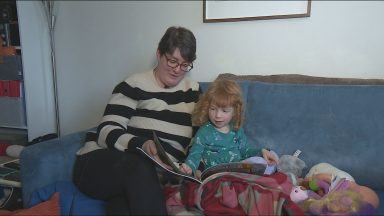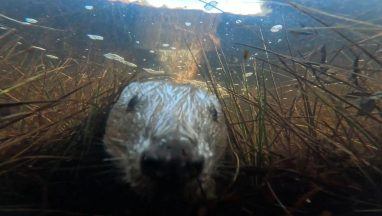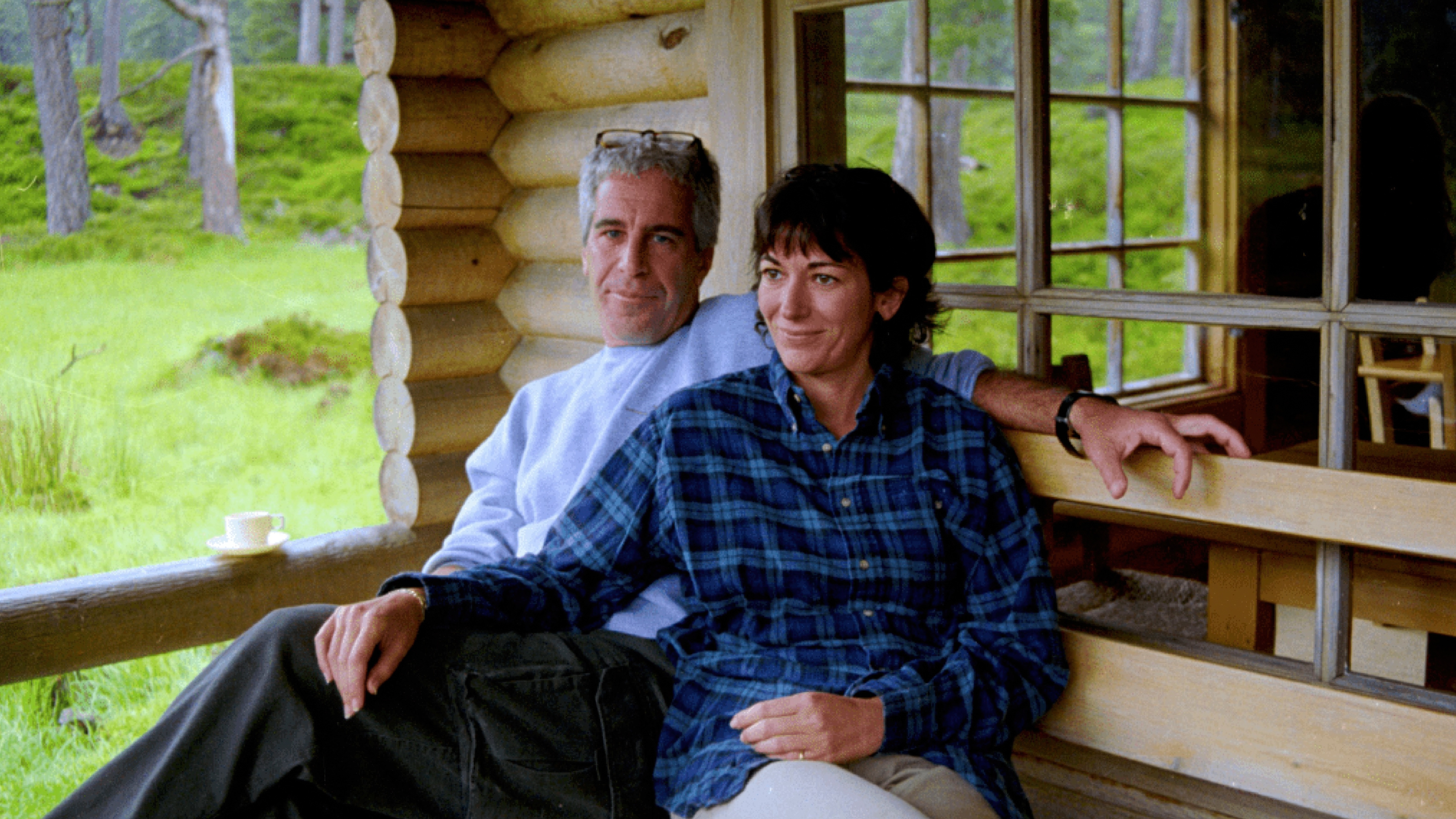More than half of Britain’s front garden space and a third of back garden space is paved over, reducing the potential to help with flooding, wildlife and storing carbon, experts have said.
New AI-assisted mapping from the Royal Horticultural Society (RHS) also indicates 7.5 million square metres of domestic gardens are covered in artificial lawns.
The RHS’s new State Of Gardening report also suggests the extent of Britain’s love affair with gardening – and a certain reticence about claiming to be a “gardener” – and highlights disparities in the amount of green space available to people.
And it highlights the value of gardening – contributing some £38 billion to the economy and boosting health and well-being, jobs, wildlife and carbon storage, as well as bringing people together in community gardens.
In light of the findings, the RHS is calling for a guaranteed “space to grow” in all housing and urban planning, with high-quality gardens a key part of not only the 1.5 million new homes pledged by the Government, but retrofitted into existing housing and communities.
The experts are also urging households to consider robust planting and permeable paving for front gardens, councils to plant a diverse mix of trees, and developers to design gardens that capture and store water to help green spaces and homes cope with the greater extremes of climate change.
The mapping, in collaboration with Gentian, assessed ultra-high resolution satellite imagery and used AI and machine-learning technology to provide in-depth analysis of domestic, public and private gardens across Britain.
It plotted 25.8 million gardens, amounting to 959,800 hectares (2.5 million acres), or 4.6% of Great Britain’s land area, including 20.6 million domestic gardens, which totalled 502,757 hectares (1.25 acres).
It suggests that provision of garden and green space varies across the country, with more than two-fifths of London (41%) categorised as gardens, compared to less than a fifth (19%) of the land in Leeds, a quarter of Edinburgh (25%) and Cardiff (27%).
The average domestic garden is slightly smaller than a tennis court, and more than a third (35%) of domestic gardens are comprised of lawns, with 26% under trees, and 11% made up of flower beds.
In total, 42% of domestic garden space is paved or non-vegetated cover, with 36% of back gardens under paving, which rises to 55% of front gardens.
The RHS warns the scale of paving reduces the potential of gardens to cool the surrounding area, capture pollution, support wildlife, store carbon and catch rainwater in the soil to reduce flooding.
And while some 0.15% of domestic garden is covered in artificial lawn, this still accounts for 7.5 million square metres of fake grass, rising to 18 million square metres across all cultivated green space.
In better news for the environment, the mapping highlighted 19 million trees in private gardens, with the total for cultivated green spaces including parks and public gardens topping 50 million.
Gardens are also a good home for wildlife, the report said, with more than 40% of all UK bird and mammal species recorded in British gardens, along with more than half of all UK butterflies, amphibians and reptiles.
And more than half (52%) of people say they have altered their practices to support wildlife.
But surveying for the RHS also found that while 70% of people who bought compost for their garden chose peat-free options, more than half (56%) who purchased plants did not know whether they were grown using peat.
Polling also found 60% of people in the UK, including children, gardened at least once a month – but that only a quarter of people classed themselves as a “gardener”.
And while more than half of those who gardened regularly did so to stop their garden looking “neglected”, less than a fifth recognised the mental health benefits of getting their wellies on and nurturing plants.
The survey also found that for the 22% of UK adults who did not garden, the main reasons were a lack of interest or no space to garden.
Data from the RHS Grow App suggests the most popular plant across England, Wales and Scotland was the rose Gertrude Jekyll, and in Northern Ireland it was Rosa lucieae.
Across all four countries, salvia, clematis, hydrangea, allium and geranium varieties were among the top plants chosen by gardens.
The RHS surveying run by YouGov received responses from 1,065 children, nearly three-quarters of whom (74%) said gardening makes them happy.
It also revealed that seven-year-olds dream of a garden with a treehouse and play area, bright flowers, a secret hideout and a home for birds and bees, while 16-year-olds most want a cosy relaxation spot.
Clare Matterson, director general at the RHS, said: “Gardens are the most important touchstone to nature, fostering an active engagement in and understanding of plants and wildlife.
“That there isn’t equality in access to growing space in the UK reinforces the need to shore up garden provision in the 1.5 million new homes promised by government this parliament.
“It also demonstrates the need to ring-fence space and increase support and funding for the community growing spaces that should be considered an infrastructural basic.”
She said the impact and potential of gardens had been “largely overlooked” for too long, and that the report would help build more resilient and sustainable places.
Follow STV News on WhatsApp
Scan the QR code on your mobile device for all the latest news from around the country


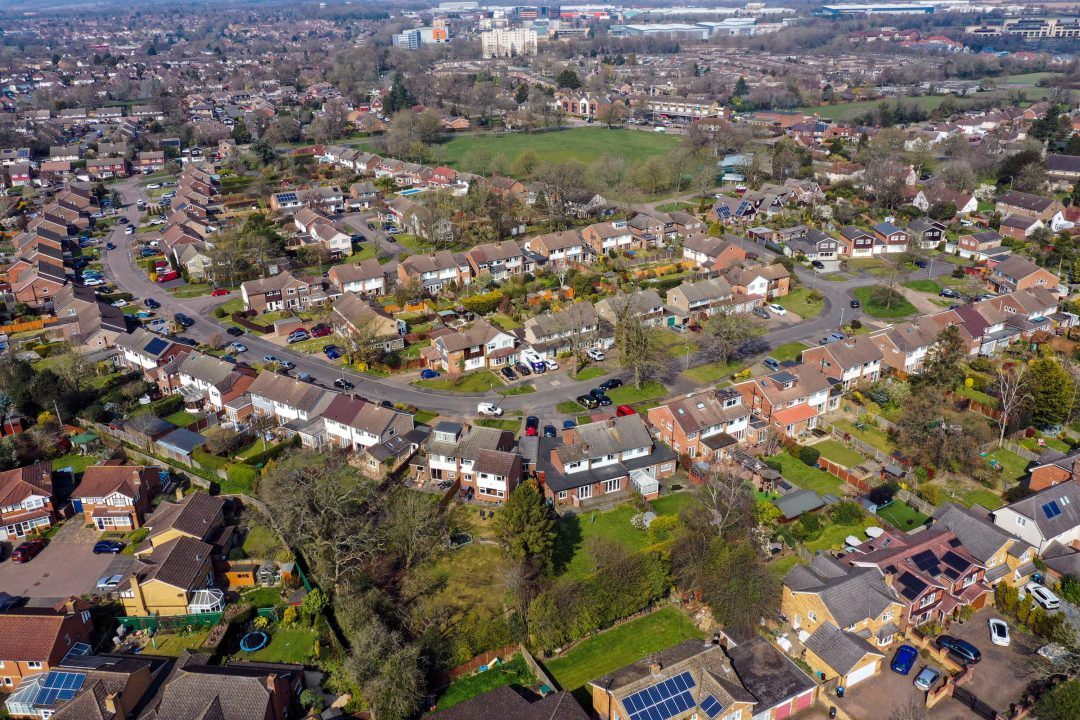 PA Media
PA Media



